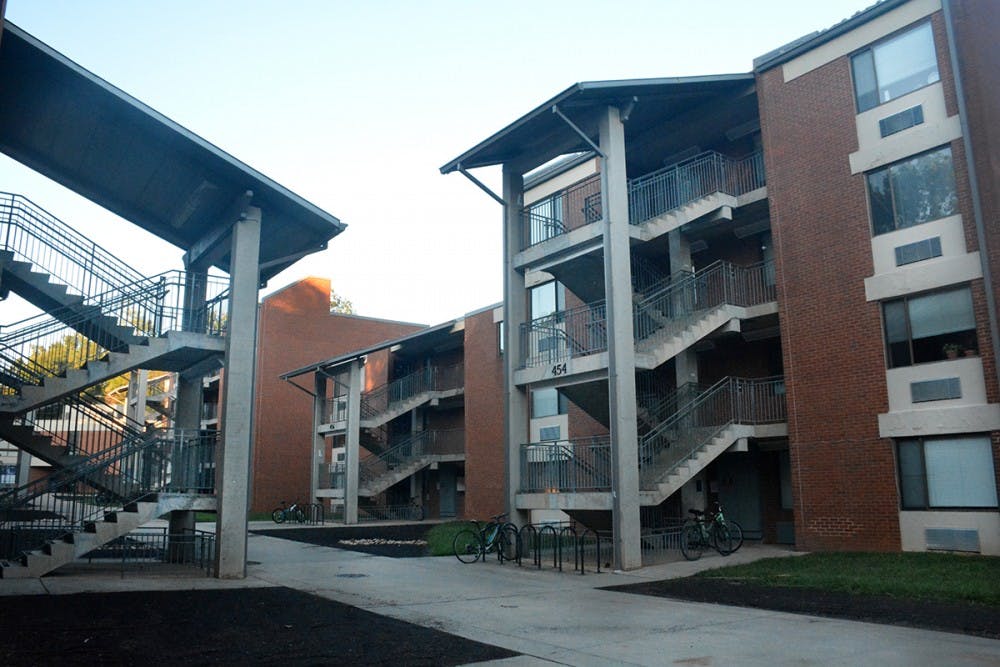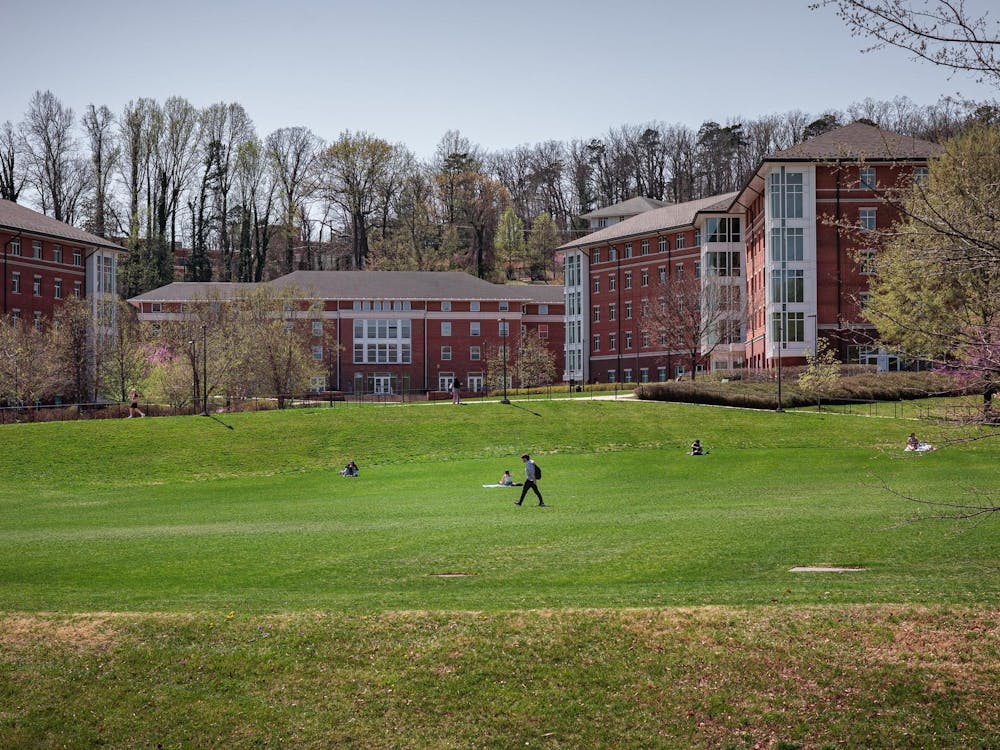The University is unique in that it’s one of only a handful of top-tier public universities that maintains guaranteed transfer agreements with community colleges in Virginia. This means every year, the University welcomes hundreds of new transfer students excited to begin studying at one of the best schools in the country.
Unfortunately, the transfer process has its challenges. Because transfers enter the University having missed the first-year dorm experience, they often enter the University knowing very few — if any — current students. The University is aware of this issue and does take certain actions to help the transition process, such as transfer student events held at the beginning of each semester and Transfer Student Peer Advisors assisting incoming transfer students get acclimated to the University. However, there remains one area the University has neglected to provide any sort of substantial assistance, that I believe, requires greater prioritization — housing.
One of the first discoveries transfer students make upon being accepted to the University is the fact that they’re late — really late — to the housing race. The process for finding housing at the University is sudden, time-consuming and extraordinarily tedious. Rightfully so, finding the right balance of location, price, size and availability is no easy task — especially given that the housing hunt typically begins in September for many students. This gives first-years barely enough time to settle on who they want to live with next year, let alone find the right apartment.
Finding housing, however unfortunate it is for standard students, is far more difficult for transfers, who typically learn of their acceptance in late April. The first thing these students realize is that the race for housing has already begun — and they’re in last.
By the time most transfers settle on the University as their next destination, they’re left with little more than the scraps of a previously exhausted housing season. For off-Grounds housing, this often means that options are more expensive, further away and have fewer amenities than those that were available in the fall. In addition, for some transfers, finding roommates for an apartment at a school where they know no one is a challenging task in and of itself.
On-Grounds housing is a different story. The University has a wide selection of upperclassman housing options, like Bice House or Lambeth Field Apartments. However, given that by May, most spots in these upperclassman housing options are all but locked, transfers are left to try and apply for the limited remaining spots or hope that a current resident decides to find someone to take over their lease. These options are both inconducive to a cogent transfer experience and — due to the random nature of the process — present an unnecessary strain on transfers.
Lambeth has, in some sense, become the de-facto transfer community. Lambeth is a popular upperclassman housing option — transfer student or otherwise — and as such remains relatively aloof for transfers due to its high demand with only a limited number of spots. Depending on the number of previously matriculated students who also applied to live in Lambeth, the number of transfers accepted varies greatly year-to-year, meaning the so-called “transfer student community,” could only have a handful of actual incoming transfer students.
One solution the University can pursue to assuage the dilemma would be to form a consolidated transfer housing option that — similar to Lambeth, Shea, Brown and Bice — would allow students an interconnected transfer community to facilitate meeting and interacting with other students throughout the year, except, exclusively for transfer students. A transfer-exclusive housing option would mean that incoming students would no longer have to enter their names into a housing raffle, or fight tooth and nail over a handful of leftover off-Grounds apartments and can instead be assured of a stable, guaranteed housing option specifically tailored with them in mind.
While not universally adopted, transfer-specific housing has become a mainstay at many universities, including UCLA, Vanderbilt and UPenn. Given the prevalence of transfers at the University, this policy seems like an appropriate one to pursue. This option would allow transfers a social experience, somewhat comparable to first-year dorms, that would allow ample opportunity to comfortably transition to Grounds, while forgoing the associated stress of finding an adequate living space under a constrained time period. Indeed, this would give transfers a central housing destination, rather than the fractured, segregated system currently in place.
The University currently has 12 upperclass housing complexes, including language houses, residential colleges and apartments. However, at least from my experience, very few make more than a frankly paltry effort at facilitating the transition for transfer students. Given the large number of transfer students attracted to Grounds every year, I believe the University would benefit from taking further care to enhance the transfer student experience by easing the burden on transfer students to find housing.
Shrey Dua is a Viewpoint Writer for The Cavalier Daily. He can be reached at opinion@cavalierdaily.com.







